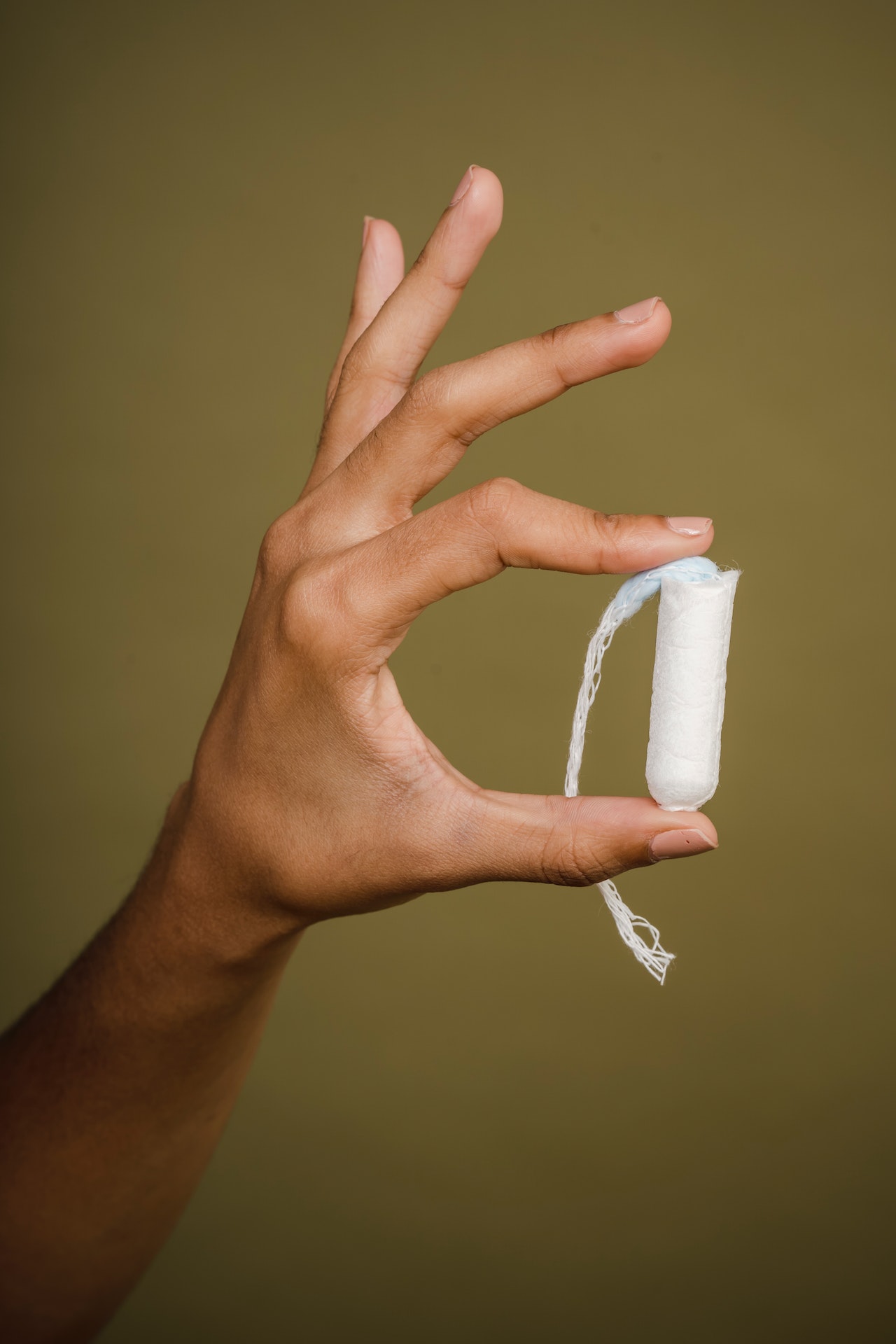Tampons and how to use them safely

Whereas sanitary pads are more prominent on the Ugandan market, tampons haven’t yet found their footing yet they are some of the best sanitary products.
Using tampons can be challenging for first timers, but with time, they can become the best choice for that time of the month. We look at some facts about tampons and how to use them correctly.
Agnes Ninsiima praises tampons for making her red days bearable.
“I have used tampons since my high school days back in Namagunga and I have never experienced any issues, be it discomfort which most people discredit tampons for,’’ she says.
However, Ninsiima notes that tampons can become a nightmare if worn for a long time as they tend to give off a foul smell.
Dr Paul Kato, an obstetrician and gynaecologist at Span Medical Centre in Kisaasi, highlights the downside of using tampons.
“Tampons are designed to either be inserted using a plastic or cardboard applicator or put directly but wearing it for long may lead to Toxic Shock Syndrome (TSS),’’ he says.
What are Tampons?
Like pads, tampons are another method for absorbing period flow. These are 100% made with cotton, rayon and sometimes, a combination of both materials.
What makes Tampons unique?
Unlike pads, Tampons are inserted into the vagina canal, allowing menstrual flow to get soaked in. They are made specifically with an extended string to assist during removal. The Tampon is meant for one time use and should be disposed of correctly after use.
Are tampons safe?
According to the United States of AmericaFood and Drug Administration (FDA), single use Tampons are safe. But it cautions on re-usable tampons as they can be a source of infections like fungal, bacterial and yeast infections.
If you’re looking forward to using tampons or are using them already, here are some safety tips to follow as guided by the FDA;
- Follow all directions on the packaging.
- Wash your hands before and after using a tampon.
- Tampons should only be used during periods to avoid dryness and TSS.
- Change your Tampon every 4-8 hours.
- Contact a healthcare provider in case of emergencies or unusual symptoms.
- Always remove the tampon before any sexual intercourse as it may be forced to go beyond the vaginal canal.
- Use low absorbent tampons.
- Change the tampon after any bowel movement to avoid bacterial infections.
Tampons Vs. Pads.
Pads are made of absorbent material that sticks to the underwear whereas tampons are cylindrical inserts made out of cotton with a string sticking out.
Tampons are small and seem invisible when worn while pads are super visible and can be felt.
Tampons can allow the user to swim even during their period, which is not the same with pads.
Pads are easy to use and super absorbent for heavy flows yet tampons may cause discomfort during insertion.
Toxic shock syndrome
Tampons are usually shunned for being the biggest hygiene product that causes TSS. This condition develops when the bacteria in your vagina multiplies as a result of the tampon in it.
Some of the earliest signs and symptoms of TSS include diarrhoea, vomiting, fevers and weakness.
Both options are specifically designed to accommodate period flow and vaginal fluids. Judgement of which is best lies in the hands of the user as each has its advantage over the other.


















